
Parks Canada will offer limited visitor access and basic services at select locations in the Yukon region starting June 1st, 2020.
Visitors to the S.S. Klondike National Historic Site in Whitehorse can access the parking lot and grounds. More information can be found at parkscanada.ca/ssklondike
At the Kluane National Park and Reserve visitors can access select day-use trails and routes, Kathleen Lake day-use area, outhouses, and boat launch, and fishing on approved lakes and rivers. Please note, all open fires will be prohibited, including in permanent or established fire pits. Information and details can be found at parkscanada.ca/kluane
At the Klondike National Historic Sites visitors can access the grounds and boardwalks, and washroom facilities at Dredge No. 4 National Historic Site. Further information can be found at parkscanada.ca/Klondike.
Until June 1, these facilities remain closed and we ask that visitors respect these closures in order to allow park staff to do the necessary work to prepare for opening. Please note, Chilkoot Trail National Historic Site remains closed until at least August 1; full refunds are available for affected hikers.
Visiting Parks Canada places will be different than it has been in the past. Visitors are asked to plan ahead by checking the individual site websites before they travel to find out:
- what is open
- what they can expect
- how to prepare for their visit
The health and safety of visitors and employees is of utmost importance to the Government of Canada. Visitors should follow the advice of public health experts, including necessary hygiene practices and physical distancing of two metres from others.
All camping facilities remain closed until at least June 21, 2020, while Parks Canada assesses whether and how these services might resume. Group activities and public events are suspended until further notice.
Parks Canada is asking anyone participating in recreational activities to be extra cautious to avoid injury and/or getting lost to help minimize the demands placed on search and rescue teams and on the health care system.



 Kwanlin Dün First Nation celebrates 20th Anniversary of Final Agreement
Kwanlin Dün First Nation celebrates 20th Anniversary of Final Agreement
 Yukon RCMP Traffic Services are investigating a collision between a police vehicle and a cyclist
Yukon RCMP Traffic Services are investigating a collision between a police vehicle and a cyclist
 Former teacher calls out education minister for inaction
Former teacher calls out education minister for inaction
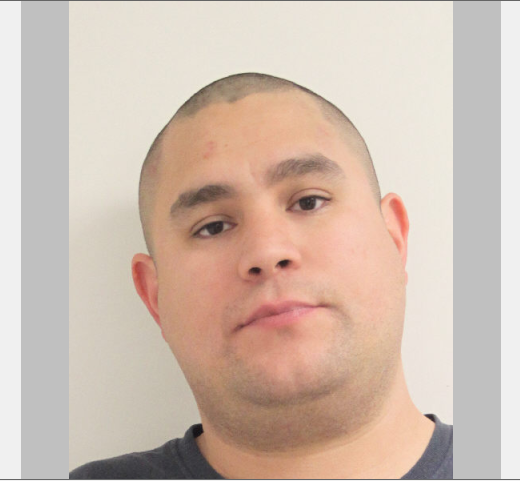 Yukon RCMP issue arrest warrant
Yukon RCMP issue arrest warrant
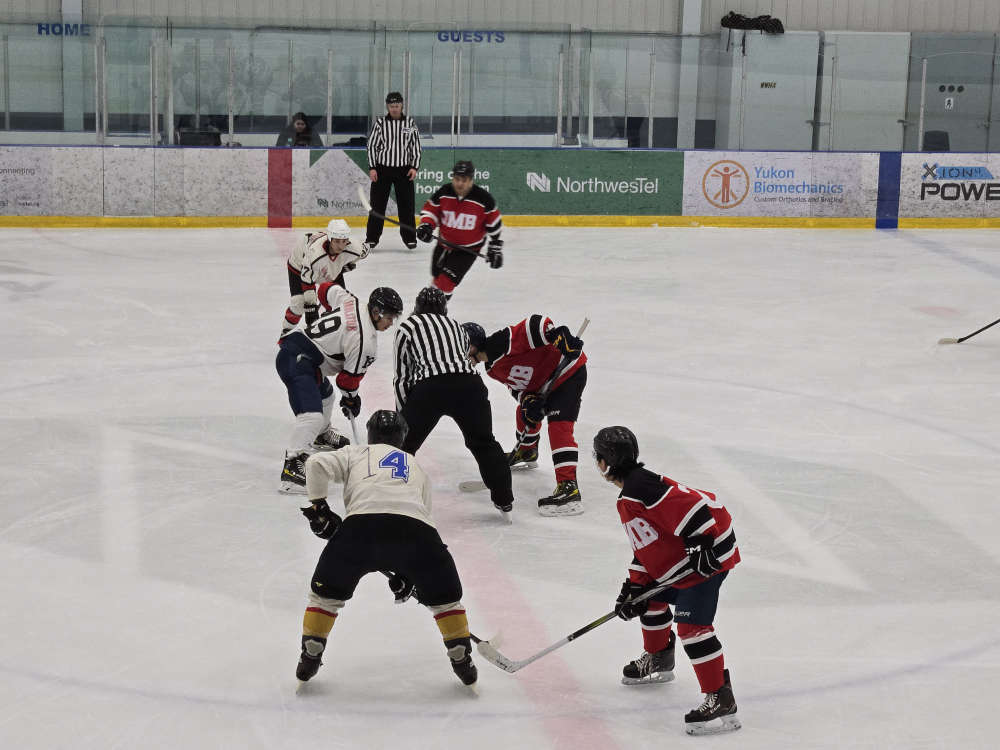 Yukon Native Hockey Tournament kicks off its 45th anniversary with more teams than ever before
Yukon Native Hockey Tournament kicks off its 45th anniversary with more teams than ever before
 Whitehorse RCMP search for missing man
Whitehorse RCMP search for missing man
 B.C. man, two Watson Lake residents arrested on warrants in Whitehorse
B.C. man, two Watson Lake residents arrested on warrants in Whitehorse
 Ross River RCMP arrest two men in separate, unrelated investigations involving stolen rifles
Ross River RCMP arrest two men in separate, unrelated investigations involving stolen rifles
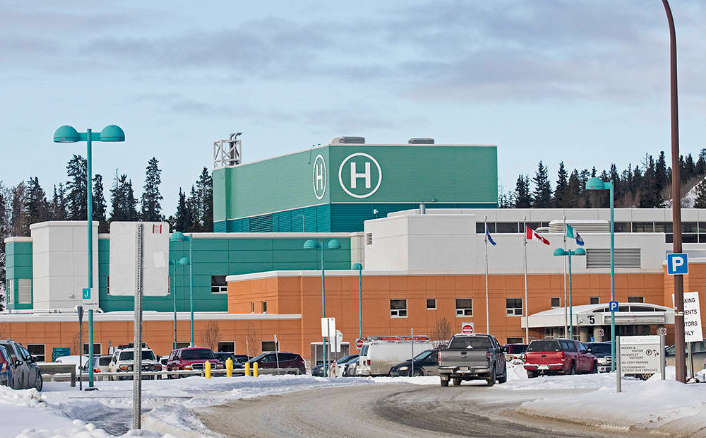 Medical Staff Association president raise "significant concerns" surrounding acute care at Whitehorse General
Medical Staff Association president raise "significant concerns" surrounding acute care at Whitehorse General
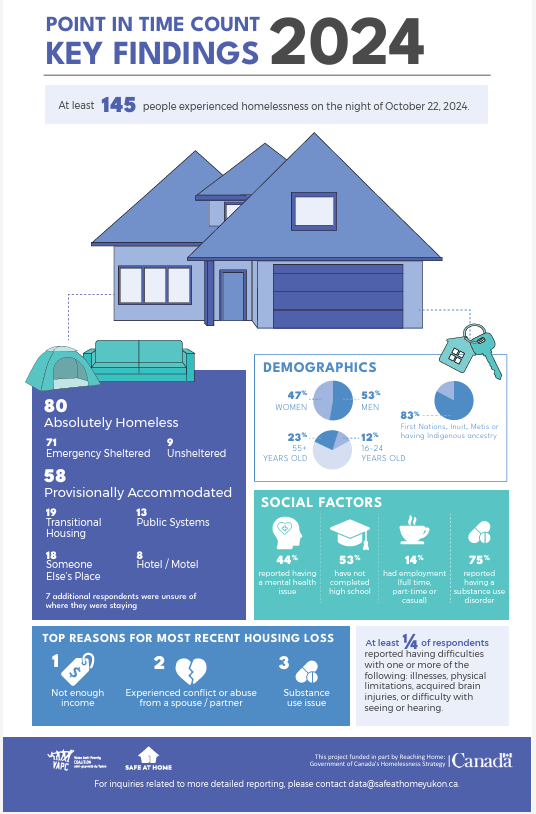 Whitehorse count indicates 83 per cent of homeless in 2024 were Indigenous
Whitehorse count indicates 83 per cent of homeless in 2024 were Indigenous
 Whitehorse RCMP seek public's help in locating missing 73-year-old man
Whitehorse RCMP seek public's help in locating missing 73-year-old man
 CYFN opens new wellness centre in Whistle Bend
CYFN opens new wellness centre in Whistle Bend
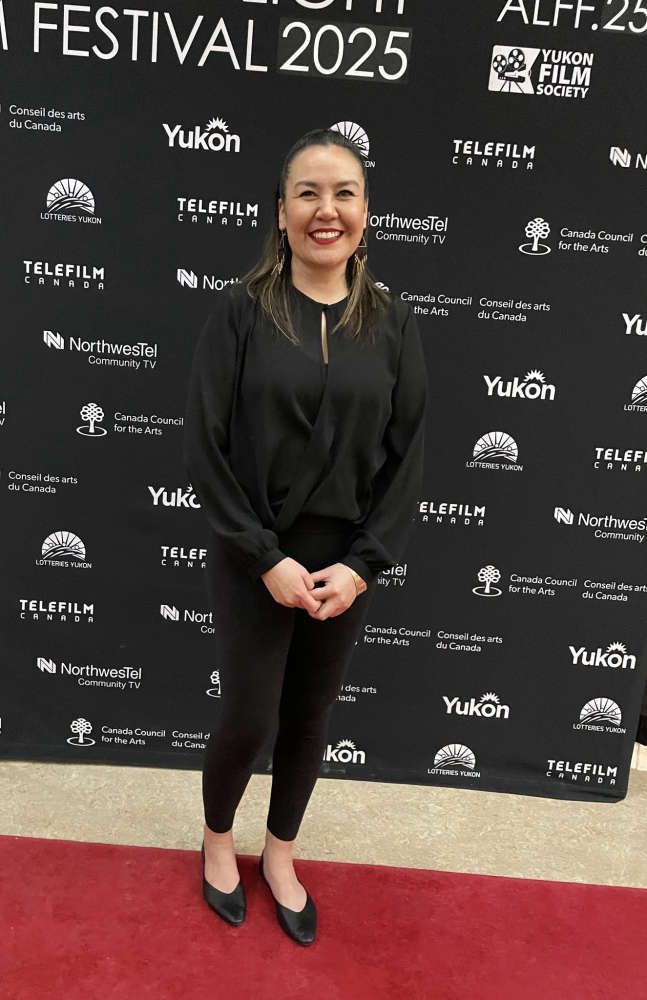 'Old Crow a Philosophy' makes global premiere at YAC
'Old Crow a Philosophy' makes global premiere at YAC
 Yukon First Nations Culture and Tourism Association cancels events for 2025, including Adäka Festival
Yukon First Nations Culture and Tourism Association cancels events for 2025, including Adäka Festival
 Whitehorse residents and Yukon NDP speak out against a proposed transit fare hike
Whitehorse residents and Yukon NDP speak out against a proposed transit fare hike
 Diane Strand wins Haines Junction mayoral byelection
Diane Strand wins Haines Junction mayoral byelection
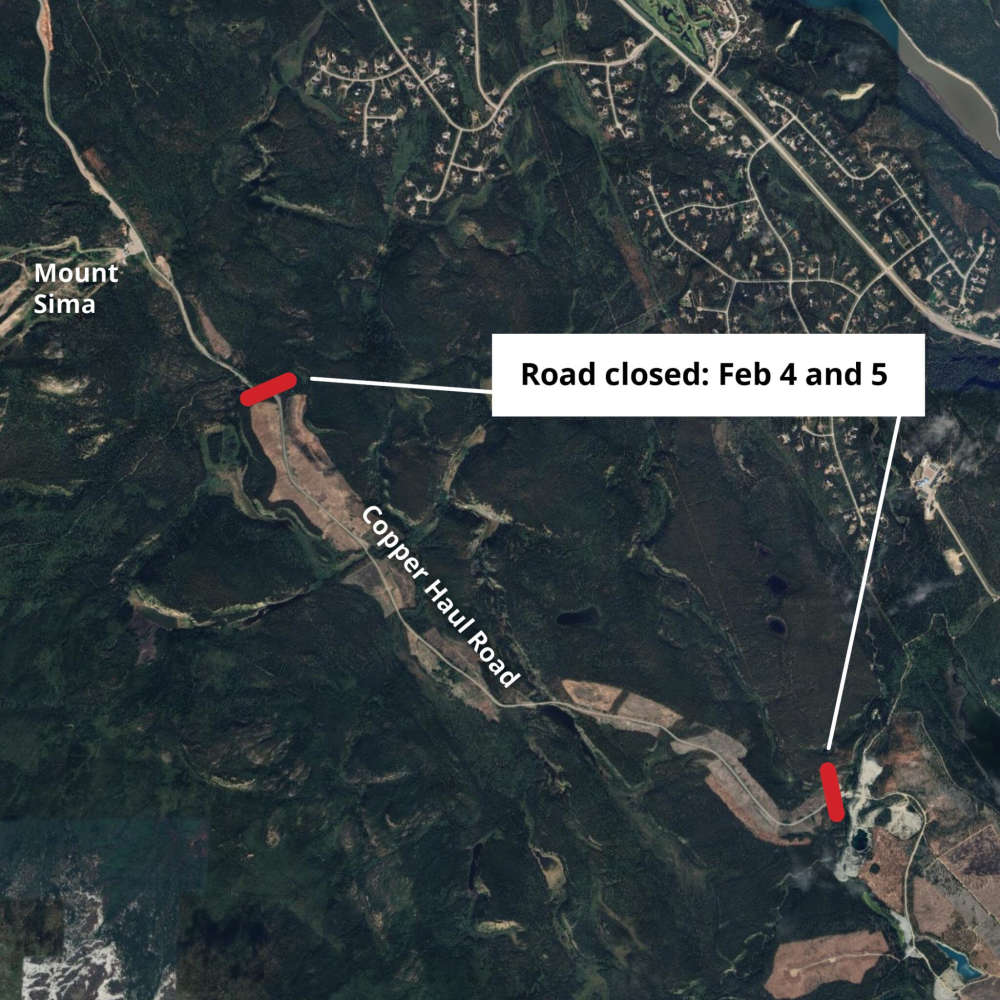 Copper Haul Road closure announced for bridge repairs
Copper Haul Road closure announced for bridge repairs
 Yukon Government and Canadian Government partner to boost local businesses
Yukon Government and Canadian Government partner to boost local businesses